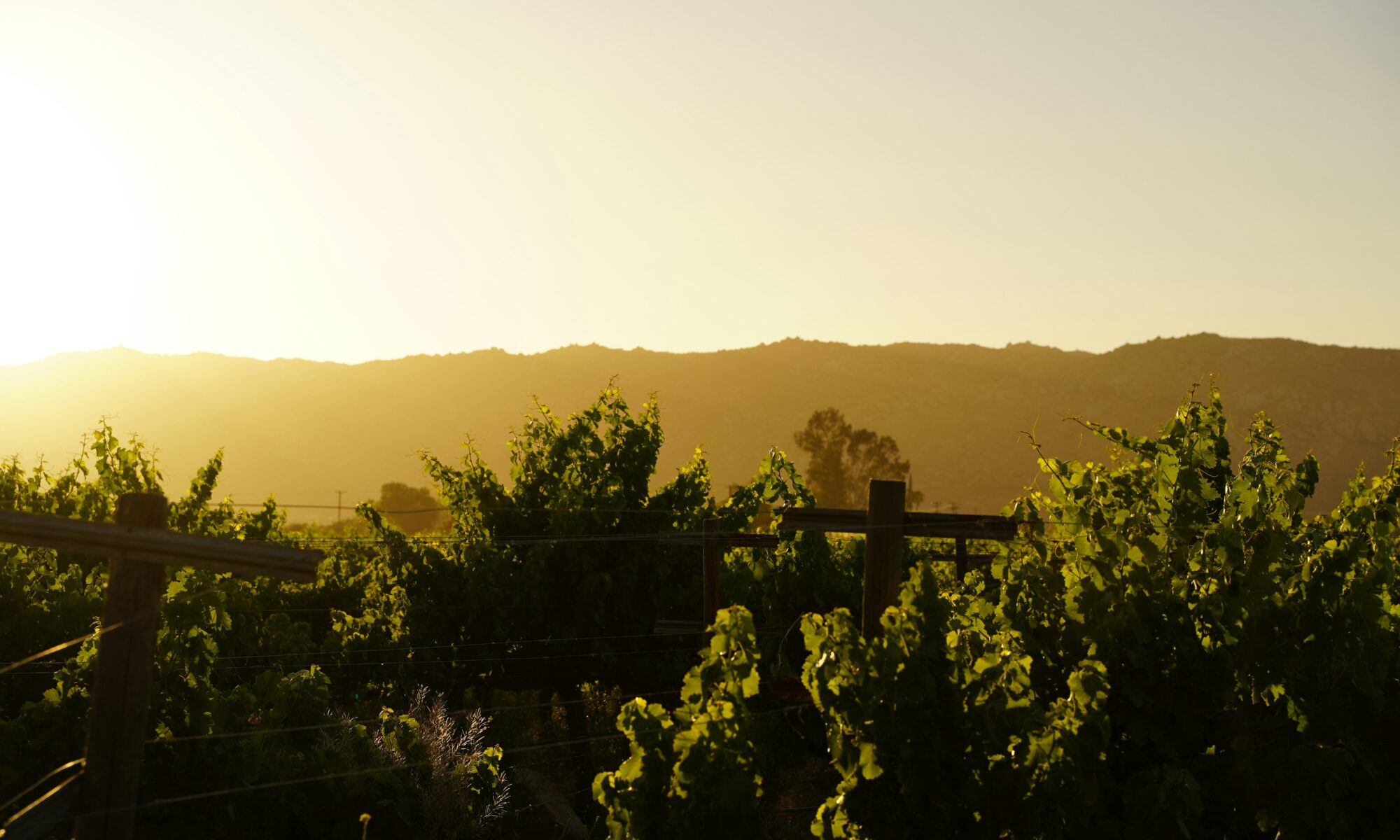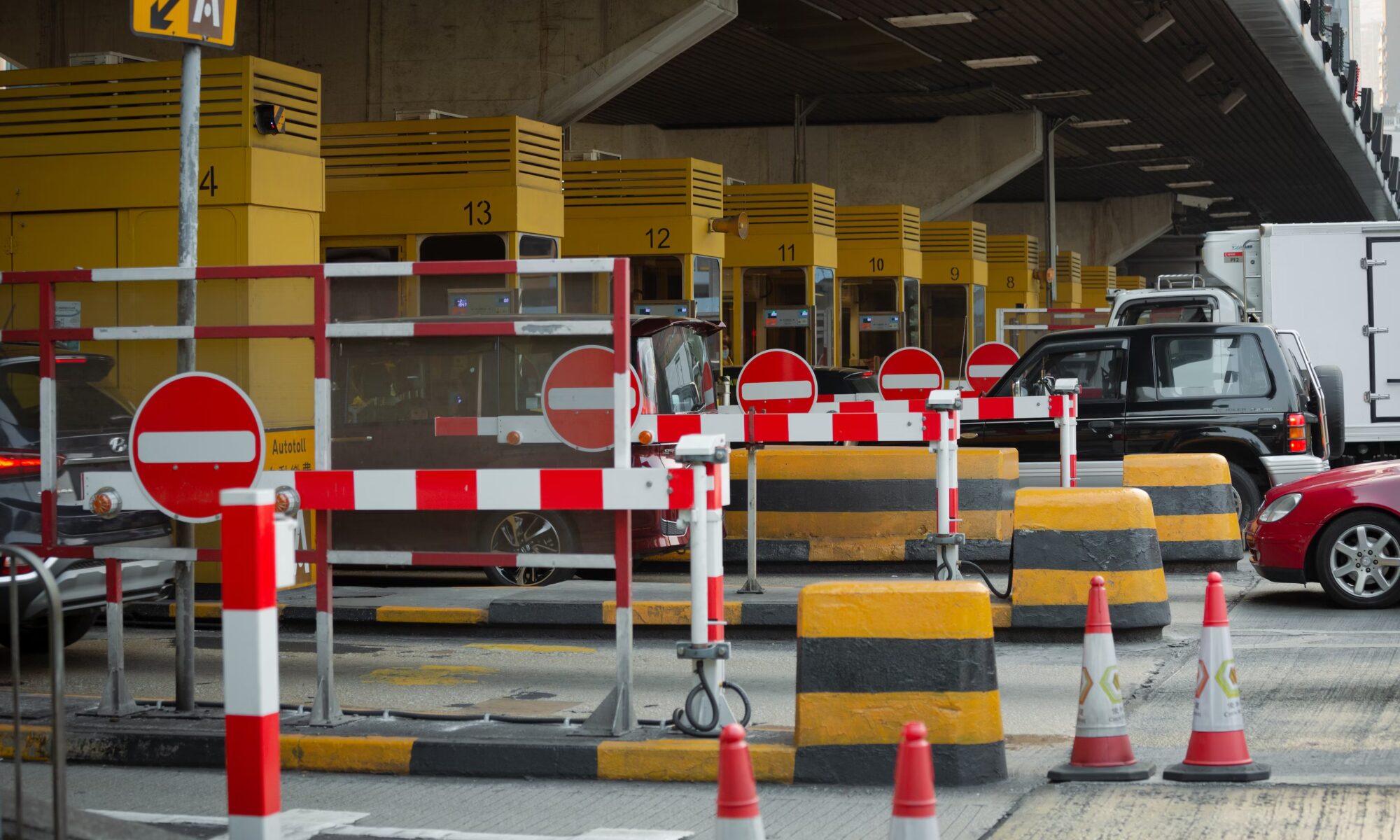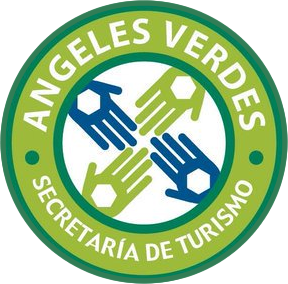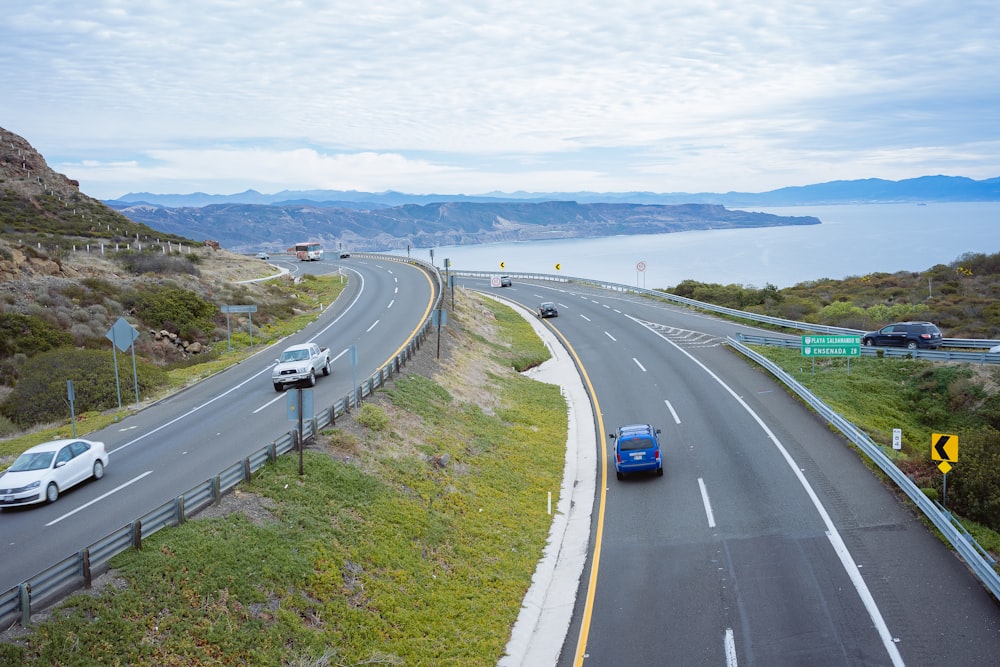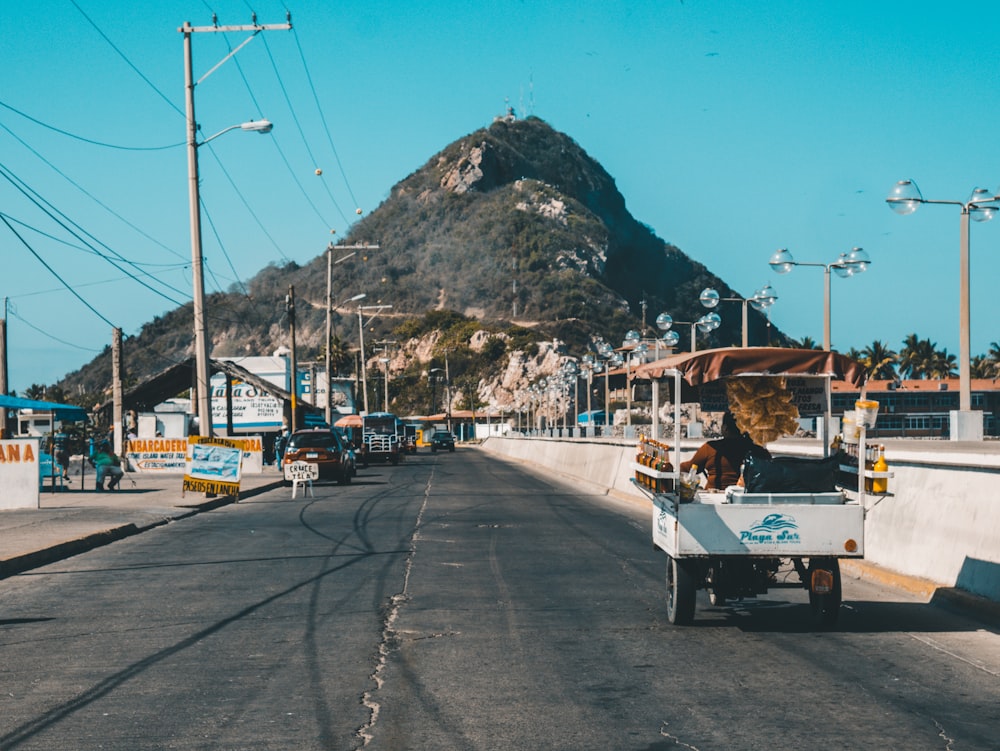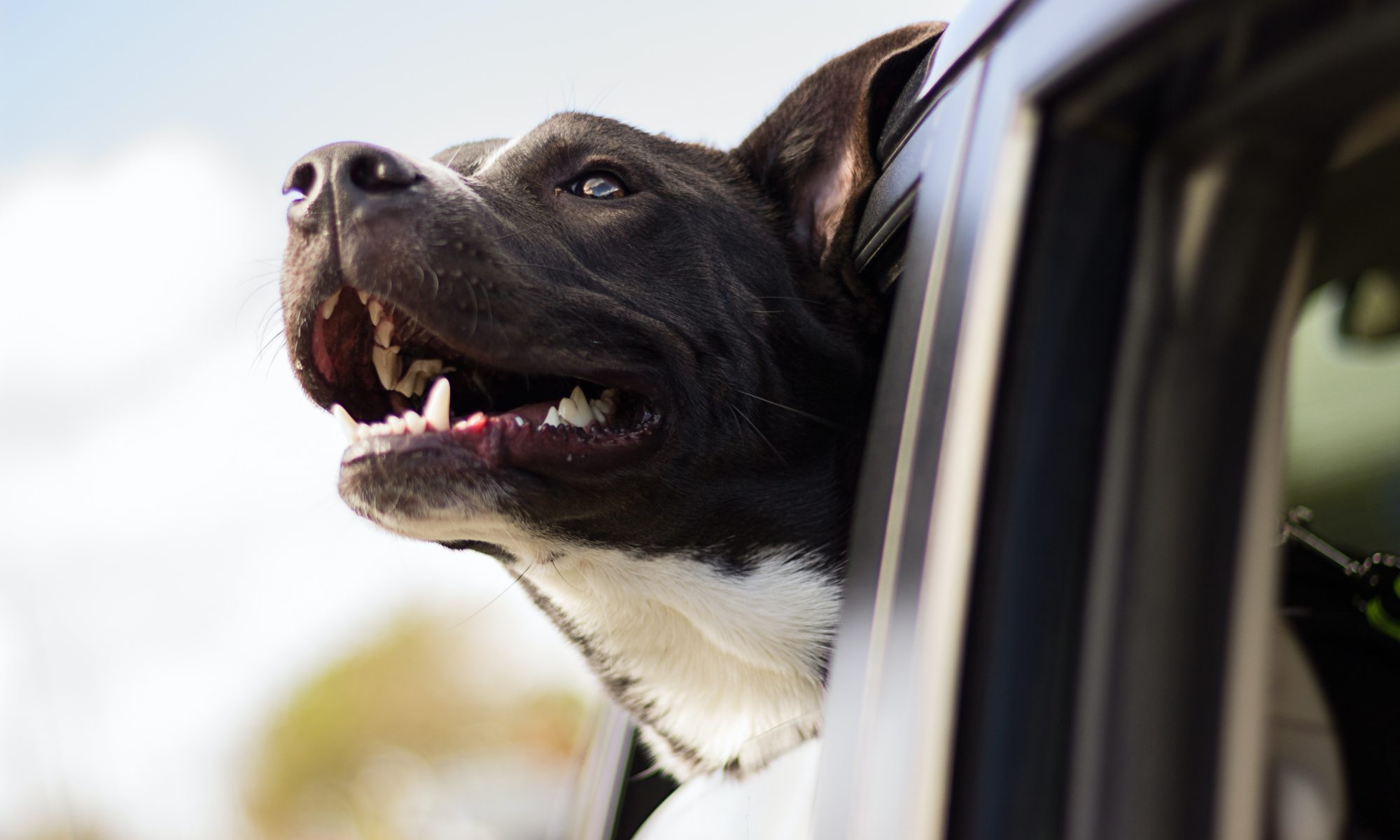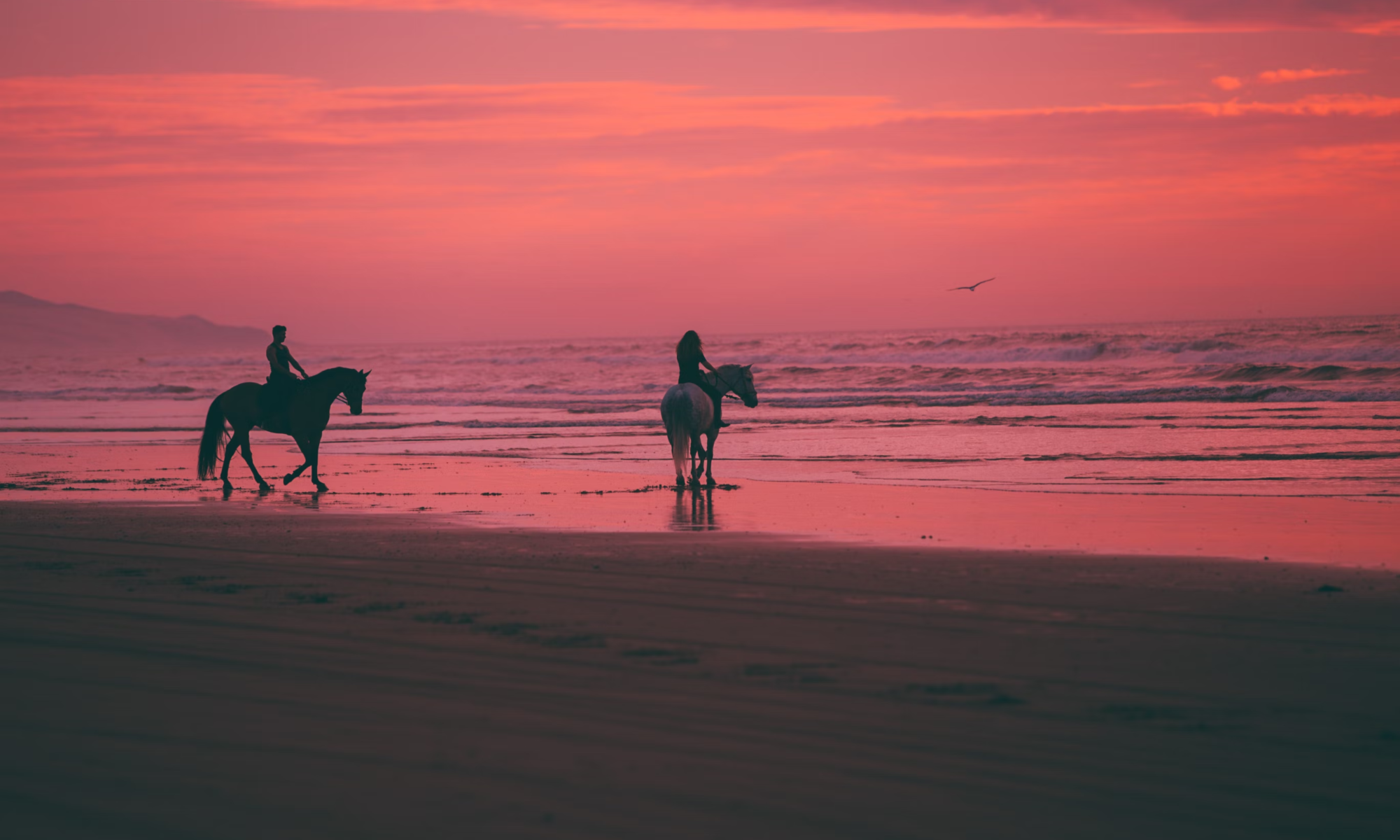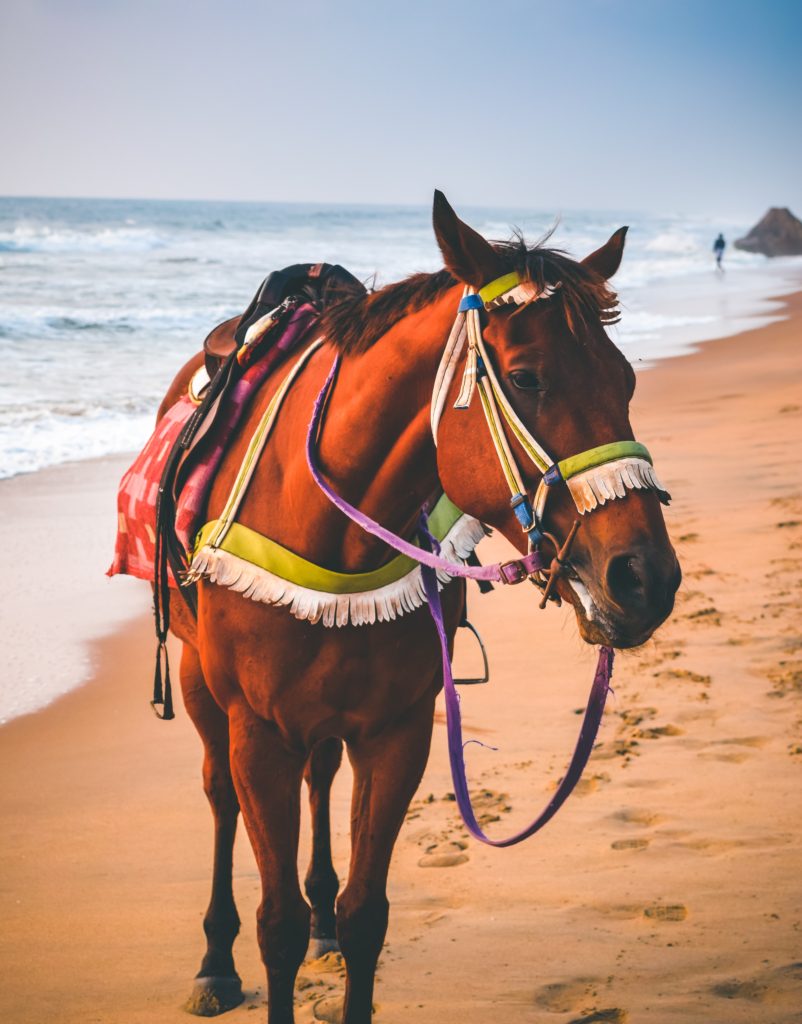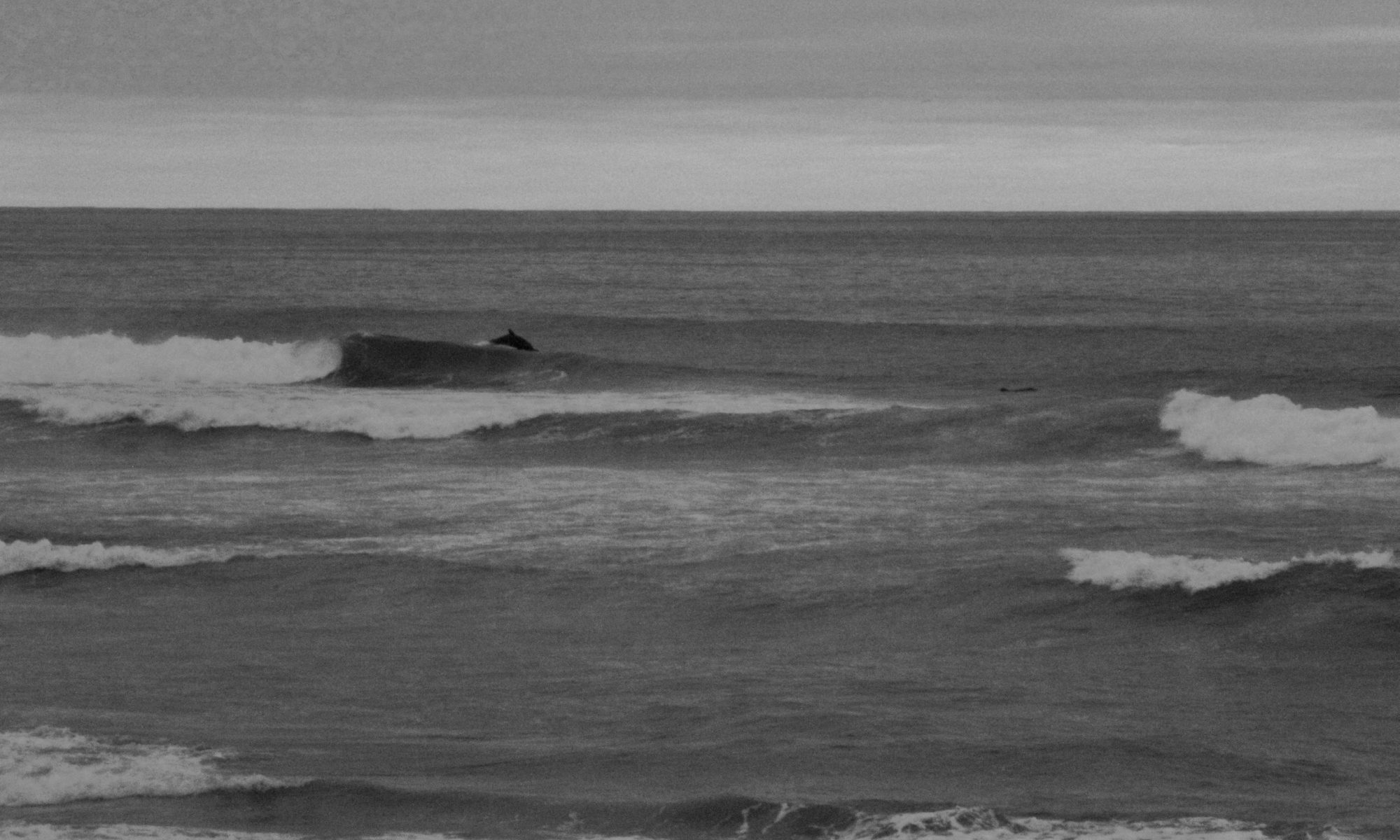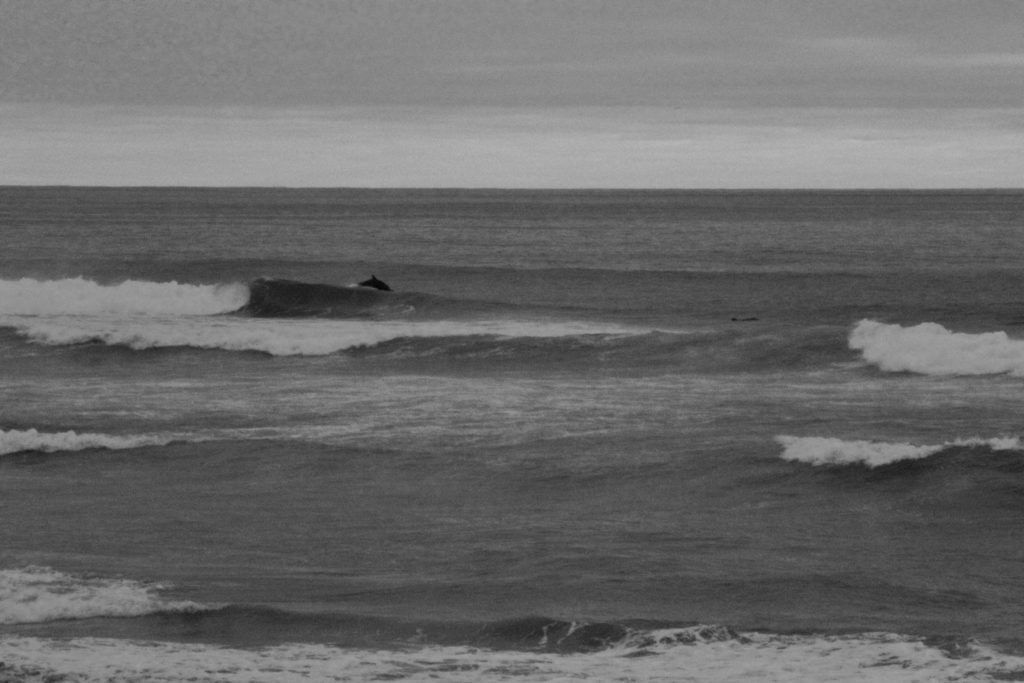Hola Amigo,
Wondering what more you can do while staying in Rosarito? How about a sensory odyssey, where the tantalizing aroma of ripening grapes mingles with the sizzle of farm-to-table cuisine, promising an unforgettable journey for the palate and the soul. Nestled amidst the rugged beauty of Northern Baja California, lies a hidden gem that tantalizes the senses and captivates the soul – Valle de Guadalupe. Renowned as Mexico’s premier wine region, this picturesque valley is a haven for foodies, oenophiles, and adventure seekers alike. From its sun-kissed vineyards to its farm-to-table gastronomy scene, Valle de Guadalupe offers a sensory journey just outside of Rosarito.
A Tapestry of Vineyards
At first glance, Valle de Guadalupe’s landscape resembles a painting, with rolling hills blanketed in vineyards stretching as far as the eye can see. Here, the Mediterranean-like climate and fertile soil create the perfect conditions for grape cultivation. Winemaking in Valle de Guadalupe dates back to the 18th century when Spanish missionaries first planted vines in the region. Today, it has evolved into a thriving wine destination, earning accolades on the international stage.
Visitors to Valle de Guadalupe can embark on wine tours, meandering through boutique wineries and large estates, each offering a unique perspective on the winemaking process. From family-owned vineyards producing artisanal wines to state-of-the-art wineries employing innovative techniques, there’s something to suit every palate.

Gastronomic Delights
Beyond its vineyards, Valle de Guadalupe is celebrated for its burgeoning culinary scene, characterized by a farm-to-table ethos and a creative fusion of Mexican flavors with international influences. Local chefs draw inspiration from the valley’s bounty, sourcing fresh ingredients from nearby farms and markets to craft exquisite dishes that showcase the region’s culinary diversity.
Visitors can indulge in gastronomic experiences ranging from intimate farm dinners overlooking the vineyards to upscale restaurants helmed by award-winning chefs. Whether savoring traditional Mexican fare with a modern twist or sampling innovative dishes that push the boundaries of culinary creativity, every meal in Valle de Guadalupe is a celebration of flavor and craftsmanship.

Beyond Food and Wine
While wine and gastronomy take center stage, Valle de Guadalupe offers a plethora of activities for outdoor enthusiasts and culture aficionados alike. Adventurous souls can explore the valley’s rugged terrain on horseback or embark on a scenic hike to discover hidden waterfalls and panoramic vistas. Art enthusiasts will delight in the region’s burgeoning art scene, with galleries showcasing the works of local and international artists. History buffs can wander through the remnants of colonial-era missions scattered across the valley, each telling a story of resilience and cultural heritage. Thrill-seekers can satisfy their adventurous spirit by exploring the rugged terrain on exhilarating off-road excursions or soaring above the vineyards on a hot air balloon ride, taking in panoramic views that stretch to the horizon.
Meanwhile those seeking to round out the Rest, Relax and Restore vibes, wellness enthusiasts can rejuvenate mind and body at luxurious spas nestled amidst the tranquil surroundings, indulging in rejuvenating treatments inspired by ancient traditions. Whether seeking adrenaline-fueled adventures, cultural immersion, or restorative relaxation, Valle de Guadalupe offers a myriad of experiences to suit every traveler’s inclination.
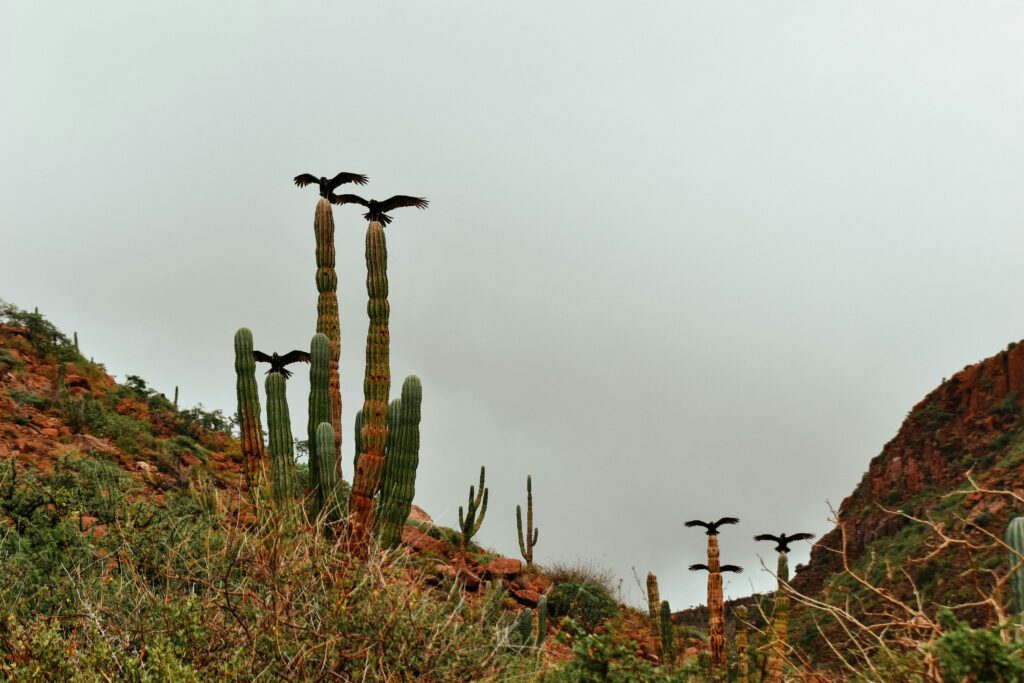
Embracing Sustainable Practices
In recent years, Valle de Guadalupe has emerged as a champion of sustainable viticulture and responsible tourism. Wineries and restaurants alike are increasingly adopting eco-friendly practices, from organic farming methods to energy-efficient operations. Visitors are encouraged to explore the valley with a mindful approach, respecting its natural beauty and supporting local initiatives aimed at preserving the region’s ecological balance.

Conclusion
Valle de Guadalupe beckons travelers with its intoxicating blend of natural beauty, culinary delights, and cultural richness. Whether you’re a wine enthusiast eager to explore new varietals or a food lover in search of unforgettable gastronomic experiences, this enchanting valley promises to captivate your senses and leave a lasting impression. As you raise a glass of locally crafted wine and savor a farm-fresh meal against the backdrop of rolling vineyards, you’ll understand why Valle de Guadalupe is hailed as a true culinary gem of Baja California.

